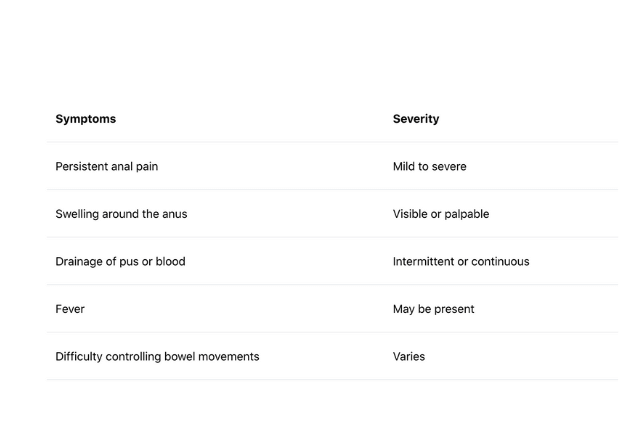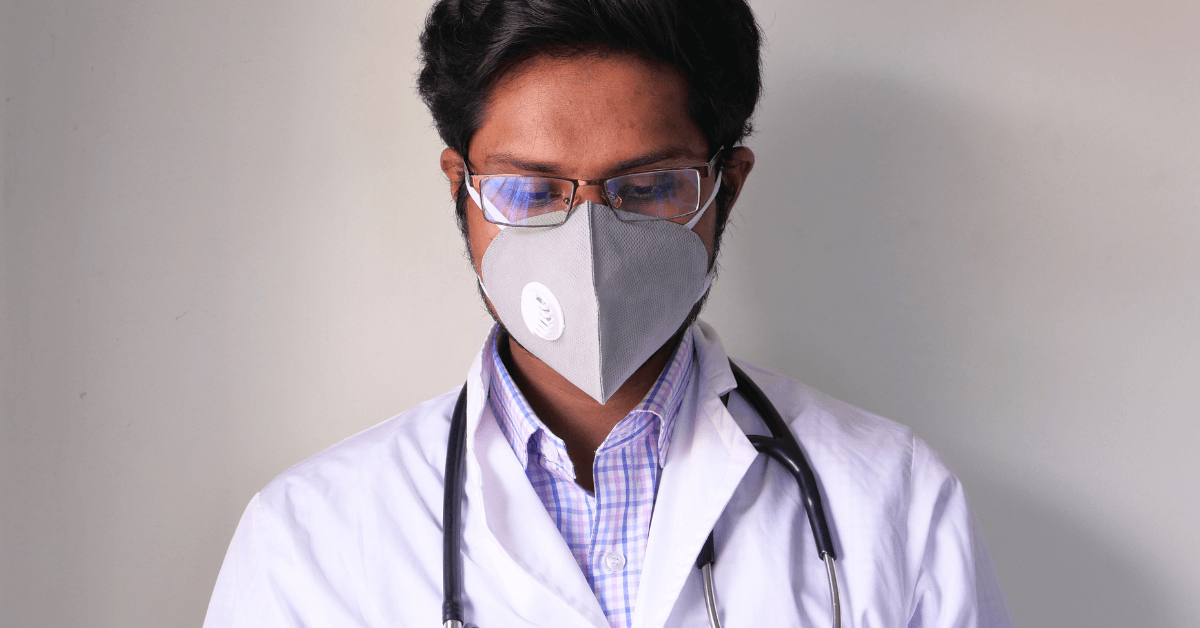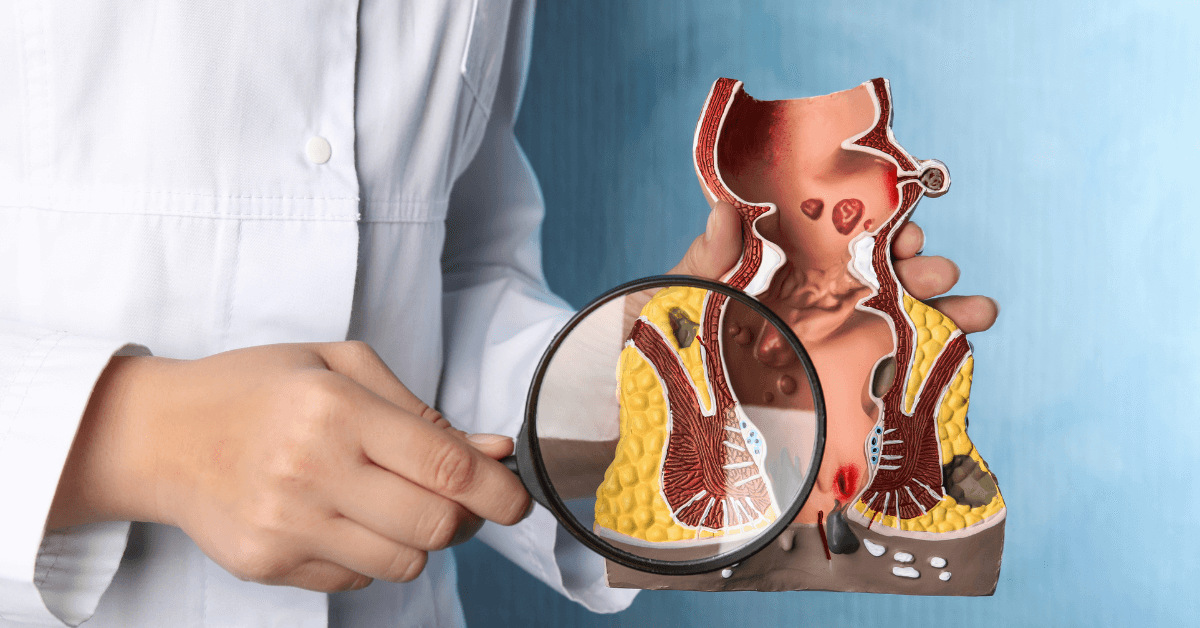An anal fistula is a small tunnel that develops between the skin near the anus and the end of the bowel. Understanding anal fistulas involves recognizing that they are usually the result of an infection starting in an anal gland, which forms an abscess. When the abscess doesn’t heal properly, it can lead to the formation of a fistula.
The fistula can be superficial or deep, and it may have one or more openings on the skin around the anus. This condition can cause discomfort, pain, and discharge of pus or blood. Anal fistulas are often associated with conditions such as Crohn’s disease, tuberculosis, or sexually transmitted infections.
They can also occur as a result of trauma to the anal area, such as from childbirth or surgery. While anal fistulas can occur in people of any age, they are more common in adults than in children.
Key Takeaways
- An anal fistula is a small tunnel that develops between the skin near the anus and the end of the bowel.
- Common causes of anal fistulas include infections in the anal glands, Crohn’s disease, and trauma to the anal area
- Symptoms of anal fistulas may include pain, swelling, discharge of pus, and recurrent abscesses near the anus.
- It is important to seek medical help if you experience persistent anal pain, swelling, or discharge, as these could be signs of an anal fistula.
- Treatment options for anal fistulas include surgery to remove the fistula and promote healing, as well as lifestyle changes and home remedies to manage symptoms and prevent recurrence.
Common Causes of Anal Fistulas
The most common cause of anal fistulas is an infection that starts in an anal gland and leads to the formation of an abscess. This infection can be caused by bacteria that normally live in the intestines, such as E. coli or Staphylococcus aureus. Inflammatory bowel diseases like Crohn’s and ulcerative colitis can cause abscesses near the anus, therefore leading to anal fistulas. In addition, conditions such as tuberculosis and sexually transmitted infections can also increase the risk of developing anal fistulas.
Anal trauma from surgery, childbirth, or injury, or untreated abscesses can lead to the formation of anal fistulas. Other underlying factors may contribute to anal fistula development, though these are common causes.
Recognizing the Symptoms of Anal Fistulas
The symptoms of anal fistulas can vary depending on the location and severity of the condition. Understanding anal fistulas involves recognizing common symptoms, including persistent pain and discomfort around the anus, especially during bowel movements. Patients may also experience drainage of pus or blood from an opening near the anus, as well as itching and irritation in the anal area.
In some cases, patients may develop recurrent abscesses near the anus, which can be a sign of an underlying fistula. Other symptoms of anal fistulas include swelling, redness around the anus, and fever or chills if there’s an infection.
It’s important to seek medical attention if you experience any of these symptoms, as untreated anal fistulas can lead to complications and further discomfort.
Diagnosing Anal Fistulas: When to Seek Medical Help
If you suspect that you have an anal fistula, it’s important to seek medical help promptly. A healthcare provider will perform a physical examination and may order additional tests to confirm the diagnosis. Tests may include a digital rectal exam and imaging studies like MRI or ultrasound to detect abnormalities and fistula tracts.
In some cases, a healthcare provider may also perform a procedure called a fistulotomy, in which a small probe is inserted into the fistula tract to help determine its exact location and extent. Once a diagnosis is confirmed, your healthcare provider can discuss treatment options with you and develop a plan to manage your condition effectively.

Treatment Options for Anal Fistulas
The treatment for anal fistulas depends on the location, complexity, and severity of the condition. Understanding anal fistulas helps recognize that some small fistulas may heal with hygiene, while most require medical intervention.</p>
One common treatment for anal fistulas is a surgical procedure called a fistulotomy, in which the fistula tract is opened and drained to allow it to heal from the inside out.
Surgical options include seton placement, fibrin glue injections, or plugs to drain and heal the fistula. Some patients may benefit from antibiotics or immunosuppressants to manage infections or inflammation contributing to anal fistulas.
FiLaC® Fistula-tract Laser Closure at IBI Healthcare
FiLaC® Fistula-tract Laser Closure is a minimally invasive procedure that uses laser technology to effectively treat anal fistulas with minimal discomfort and faster recovery. It ensures precision and reduces the risk of recurrence. At IBI Healthcare, we offer this advanced treatment to help our patients achieve lasting relief with less downtime.
Schedule a consultation with us today to evaluate the best treatment option for you.
Complications and Risks Associated with Anal Fistulas
Complications and Risks
If untreated, anal fistulas can cause recurrent abscesses, chronic pain, and difficulty controlling bowel movements (fecal incontinence). In severe cases, they may lead to serious infections or abscesses, therefore needing immediate medical attention.
The Importance of Prompt Treatment
It is crucial to seek prompt treatment for anal fistulas to minimize these risks and prevent long-term complications.
Improving Quality of Life
Working with your healthcare provider and following their treatment plan can reduce complications and improve your quality of life.

Lifestyle Changes and Home Remedies for Managing Anal Fistulas
In addition to medical interventions, there are several lifestyle changes and home remedies that can help manage the symptoms of anal fistulas and promote healing. Maintain hygiene, use warm sitz baths, eat a high-fiber diet, stay hydrated, and avoid prolonged sitting or straining.
Incorporating lifestyle changes and home remedies can support healing and improve comfort while managing an anal fistula.
Understanding anal fistulas involves knowing their causes, symptoms, diagnosis, treatment, complications, and lifestyle changes for effective management.
Seeking timely medical attention and working with healthcare providers helps individuals with anal fistulas receive care to improve their quality of life.
FAQs
What is an Anal Fistula?
An anal fistula is a small tunnel that develops between the end of the bowel and the skin near the anus. It usually occurs as a result of an infection in an anal gland, which leads to the formation of an abscess. Once the abscess bursts, it can create a passage or tunnel known as a fistula.
Common Causes of Anal Fistulas
Anal fistulas are commonly caused by an infection in an anal gland, which can lead to the formation of an abscess. Other causes may include Crohn’s disease, sexually transmitted infections, tuberculosis, or trauma to the anal area.
Recognizing the Symptoms of Anal Fistulas
Symptoms of anal fistulas include pain, swelling, discharge, recurrent abscesses, and discomfort during bowel movements.
Diagnosing Anal Fistulas: When to Seek Medical Help
Seek medical help for persistent anal pain, swelling, or discharge. Tests like MRI, ultrasound, or fistulogram may be recommended.
Treatment Options for Anal Fistulas
Treatment for anal fistulas includes antibiotics, surgery, or minimally invasive options like fistulotomy, seton placement, or fibrin glue.
Complications and Risks Associated with Anal Fistulas
Complications of anal fistulas may include recurrent abscesses, infection, and the potential for the fistula to become more complex over time. Risks associated with treatment options may include bleeding, incontinence, or recurrence of the fistula.
Lifestyle Changes and Home Remedies for Managing Anal Fistulas
Managing anal fistulas includes good hygiene, sitz baths, a high-fiber diet, and avoiding constipation to reduce strain. It is important to consult with a healthcare professional before attempting any home remedies.




